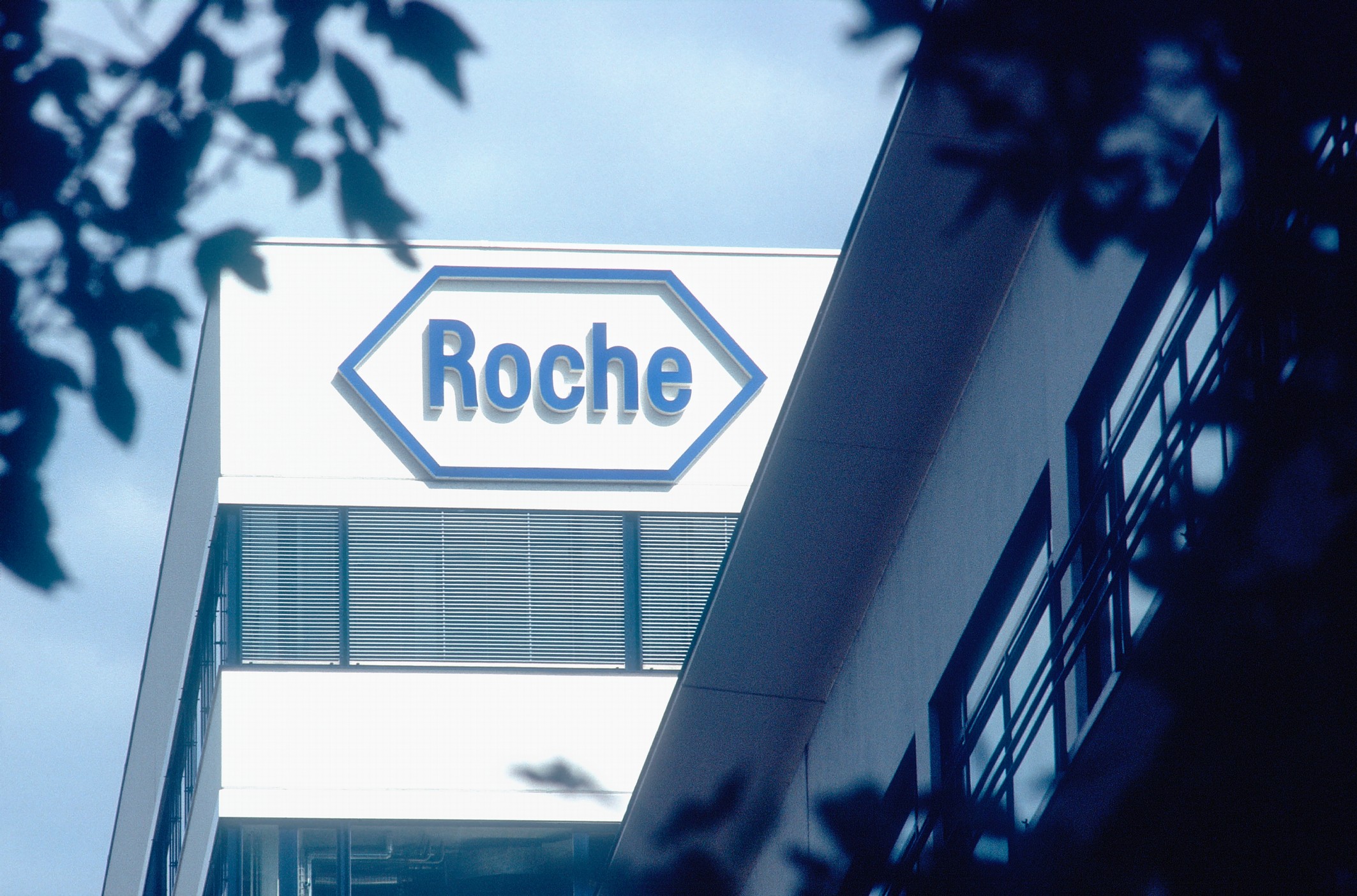Roche targets wet AMD with faricimab and its 16-week regimen

Twin late-stage trials of Roche’s ophthalmology drug faricimab have hit the mark in “wet” age-related macular degeneration trial, as the company’s challenge to rivals from Novartis and Bayer strengthens.
With faricimab Roche is aiming to outperform rivals in a highly competitive market by doubling the time taken between doses compared with standard care to 16 weeks.
It’s similar to the approach taken by Novartis with its Beovu, which is already approved and can be taken at 12-weeks dosing frequency in certain cases, although there have been concerns raised about potential safety issues.
Roche looks to have outdone Novartis with its almost quarterly dosing regimen and cutting the number of visits to clinics would be welcomed by patients.
It could reduce the cost and administrative burden for healthcare systems if the drug is priced keenly.
Supportive phase 3 trial results from the twin YOSEMITE and RHINE studies in diabetic macular oedema announced at the beginning of December are already due to be filed with regulators this year.
Roche said the TENAYA and LUCERNE studies achieved their goal, with faricimab producing comparable improvements in vision when dosed every 16 weeks, compared with Bayer/Regeneron’s Eylea (aflibercept) doses every eight weeks.
Like the diabetic macular oedema studies, TENAYA and LUCERNE are non-inferiority studies, where the goal is to match the performance of a competitor.
Roche said that nearly half (45%) of people in both studies were treated with faricimab every 16 weeks during the first year.
Roche said that in both studies, faricimab was generally well-tolerated, with no new or unexpected safety signals identified.
Detailed findings will be presented next month at the Angiogenesis, Exudation and Degeneration 2021 conference in Miami.
Findings will be submitted to regulators around the world including the FDA and European Medicines Agency, Roche said.
TENAYA and LUCERNE are two identical, phase III studies, testing the efficacy and safety of faricimab compared to aflibercept in 1,329 people living with neovascular age-related macular degeneration (671 in TENAYA and 658 in LUCERNE).
The studies each have two treatment arms: faricimab 6.0 mg administered at fixed intervals of every eight, 12 or 16 weeks, selected based on objective assessment of disease activity at weeks 20 and 24; Eylea 2.0 mg administered at fixed eight-week intervals.
In both arms, sham injections were administered at study visits when treatment injections were not scheduled, to maintain the masking of investigators and participants.
The primary endpoint of the studies is the average change in best-corrected visual acuity (BCVA) score.
This is the best distance vision a person can achieve – including with correction such as glasses – when reading letters on an eye chart from baseline through week 48.
Secondary endpoints included safety and the percentage of participants in the faricimab arm receiving treatment every eight, 12 and 16 weeks.
Faricimab is a bispecific antibody that targets two distinct pathways – via angiopoietin-2 (Ang-2) and vascular endothelial growth factor-A (VEGF-A) – that drive a number of retinal conditions.




